The difference between biodegradable and compostable, and which is better for eco-friendly use?
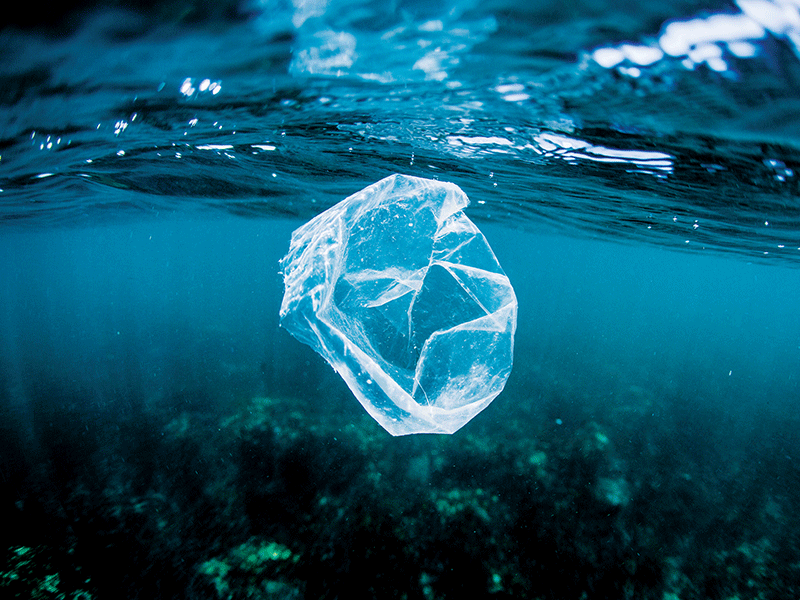
The terms "biodegradable" and "compostable" come up a lot everywhere, but they are often used interchangeably, incorrectly or misleadingly, adding a layer of uncertainty for those trying to shop in a sustainable way.
In order to make truly environmentally friendly choices, it is important to understand what is biodegradable and compostable and what is not, and the differences between them.
Definition of biodegradable
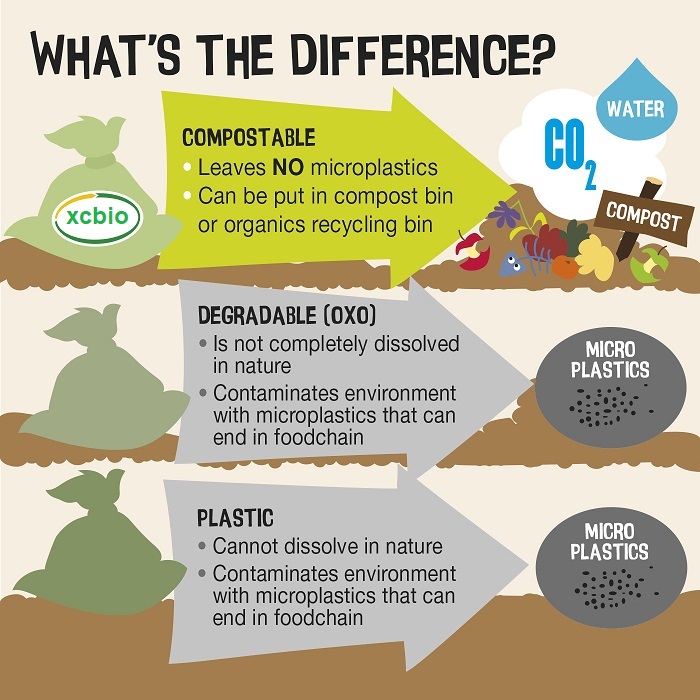
Biodegradable is any substance that can be broken down by microorganisms (e.g., bacteria and fungi) and absorbed into the natural environment; biodegradation is a naturally occurring process.
When an object decomposes, its original components break down into simple components such as biomass, carbon dioxide, and water. This process can take place with or without oxygen, but with oxygen it takes less time, much in the same way that a pile of leaves in your yard decomposes over the course of a season.
Biodegradation times range from a few days (e.g., vegetable waste) to 500 years or longer (e.g., plastic bags).
Biodegradation time of household items
Vegetables: 5 days ~ 1 month
Paper: 2 ~ 5 months
Cotton T-shirts: 6 months
Leaves: 1 year
Nylon fabric: 30 ~ 40 years
Aluminum cans: 80 ~ 100 years
Polystyrene foam cups: 500 years or more
Plastic bags: 500 years or more
How long it takes to biodegrade depends on the chemical composition of the object and how it is stored; variables such as temperature, water, light and oxygen affect the rate of degradation. Most landfills lack sunlight, air and moisture, so the biodegradation process slows down significantly.
Vegetable peels, eggshells, paper and garden waste are all directly biodegradable. When these items are discarded, they decompose in a relatively short period of time, so they can be absorbed into the natural environment.
In contrast, materials such as foam, plastic and aluminum are often considered non-biodegradable because they take a long time to break down.
Figuring out whether an object is actually biodegradable can be a challenge, especially when you're evaluating objects that aren't typically made of biodegradable materials, such as cell phone cases or tote bags. So if you want to determine if something is biodegradable, check the packaging and don't hesitate to contact the manufacturer and ask.
That said, most "biodegradable" consumer products are not actually absorbed into the ground through natural biodegradation. In order to biodegrade, they require a specific set of conditions created through the composting process.
Definition of compostable
The term "compostable" refers to a product or material that can be biodegraded in a specific, human-driven environment. Unlike a completely natural biodegradation process, composting requires human intervention.
In composting, microorganisms break down organic matter with the help of humans, who provide the water, oxygen and organic matter needed to optimize conditions. The composting process usually takes several months or one to three years. The time is influenced by variables such as oxygen, water, light and the type of composting environment. There are two main types of composting.
Residential Composting: Residential composting involves collecting food scraps in a bin or pile, mixing them with yard waste, and periodically breaking them down into more basic organic matter. For this reason, you can't break down things like meat, cheese and fish in a residential bin for the reason that it simply won't produce enough heat.
Commercial composting: Commercial composting involves sifting and sorting organic and inorganic materials, breaking them down with chippers and grinders, and creating optimal moisture, temperature and oxygen conditions. As a result, commercial composters are capable of breaking down more complex products than home composters.
You'll want to know if the product can be composted in your backyard bin or if commercial composting is required. Not all municipalities offer commercial composting, and you don't want to choose a compostable product only to find out you can't compost it.
Biodegradable and compostable plastics
If you've recently purchased a cell phone case, travel mug or reusable shopping bag, you've probably come across biodegradable and compostable plastics, also known as bioplastics.
Many restaurants are even starting to use bioplastics to make take-out containers, tableware and cups. These are usually made from materials such as cornstarch, cellulose and soy. After proper composting, they break down into non-toxic carbon dioxide, biomass and water.
However, just because plastic is biodegradable or compostable doesn't mean it will break down in any case, or that it is truly eco-friendly. Before you make your next purchase, consider the pros and cons of biodegradable plastics.
Advantages of biodegradable and compostable plastics
☆ Unlike traditional petrochemical plastics, bioplastics are plant-based.
★ Bioplastic manufacturing may have a lower carbon footprint than traditional plastics, but there are many variables and uncertainties.
Disadvantages of Biodegradable and Compostable Plastics
☆ Decomposing bioplastics requires high temperatures that are only available at industrial composting facilities. In home compost piles or landfills, they take a long time to break down.
★ Bioplastics do not solve the problem of marine plastics because they do not biodegrade rapidly under marine conditions.
☆ Bioplastics cannot be mixed with recyclable plastics; they must be recycled in different diversion streams.
Choose biodegradable or compostable products
If you want to reduce your environmental impact, compostable items are a good choice. Composting an item means it won't end up in a landfill, and if you compost at home, you can use the organic matter to help grow plants in your garden. In addition, compostable items are usually more straightforward to label, so you can be sure you're choosing a more environmentally friendly product.
That said,
compostable PLA plastic products require certain conditions to break down, so it's important to commit to actually composting these products rather than sending them to a landfill.
If an item is determined to be commercially compostable, make sure you have a facility that can handle the waste. Bioplastics are an improvement over traditional plastics in some ways, but they can still have a negative impact on the environment if not handled properly.
As always, the best option is to reduce your consumption, reuse what you already have, and avoid disposable products whenever possible.
https://www.xcpla.com.


 Deutsch
Deutsch русский
русский español
español العربية
العربية 日本語
日本語 한국의
한국의


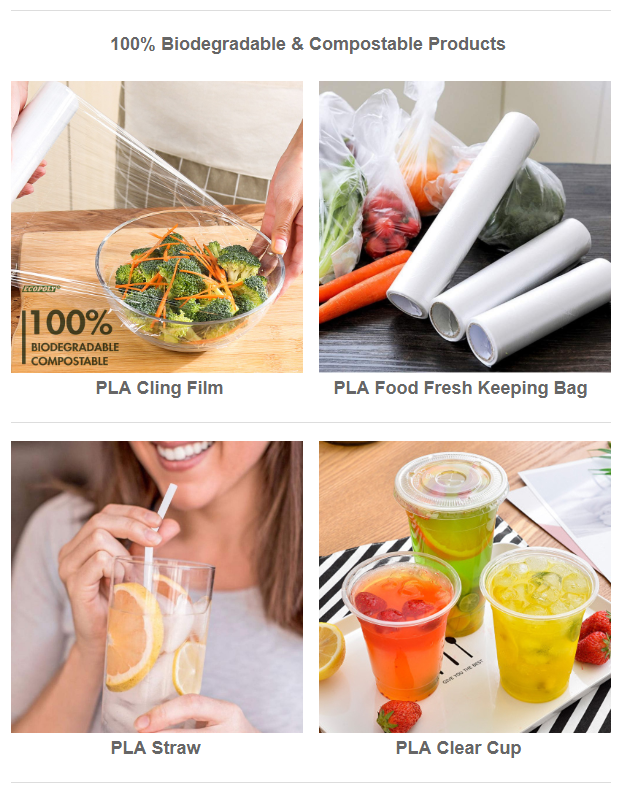
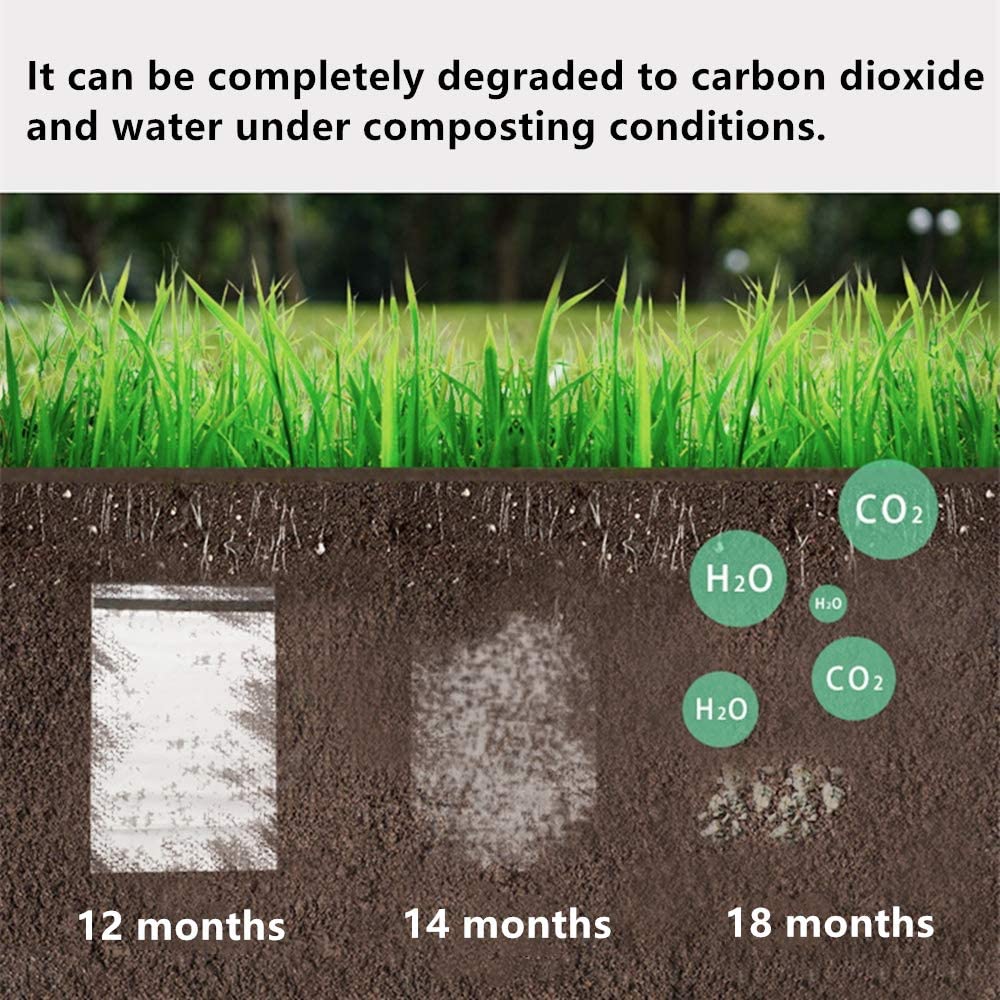
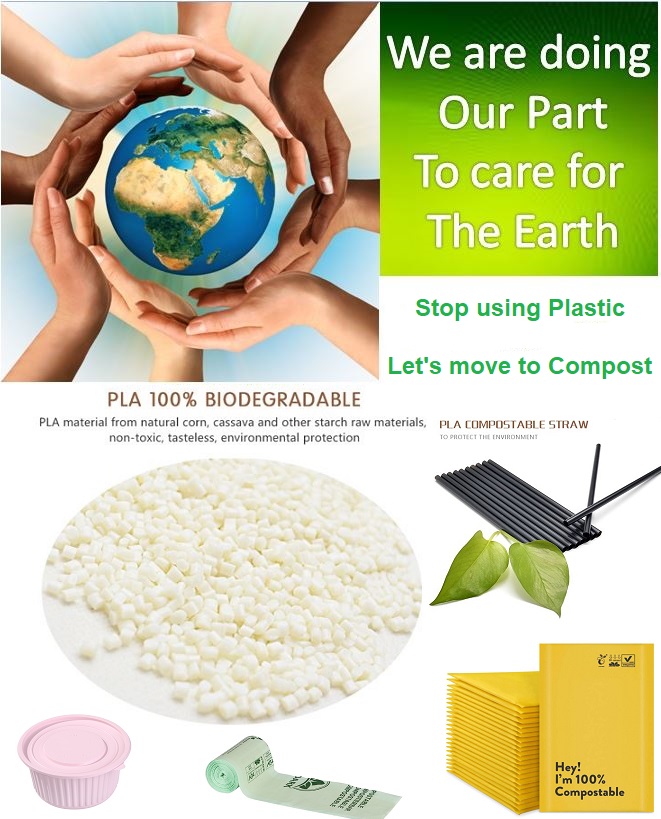
 SUPPORT 24/7
SUPPORT 24/7 BUSINESS QUIRY
BUSINESS QUIRY Our ADDRESS
Our ADDRESS  Leave A Message
Leave A Message
 IPv6 network supported
IPv6 network supported





